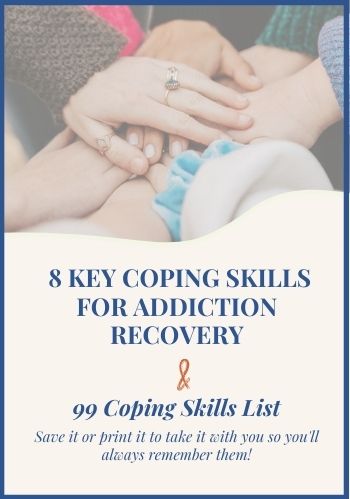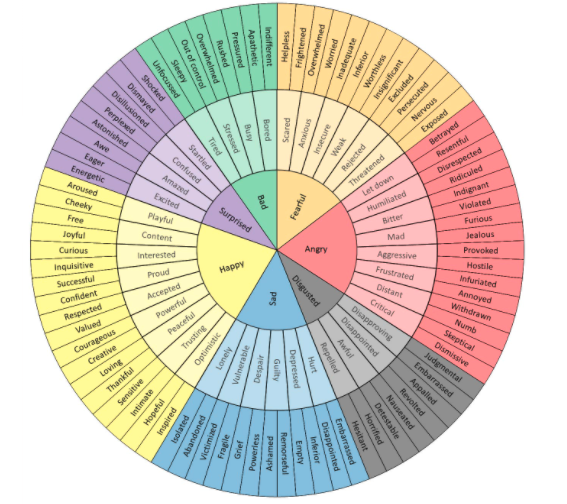1. Stress/Anxiety Reduction
Stress reduction and anxiety is one of the most common reasons people start meditation.
Normally, mental and physical stress cause increased levels of the stress hormone cortisol. This produces many of the harmful effects of stress, such as the release of inflammatory chemicals called cytokines.
These effects can disrupt sleep, promote depression and anxiety, increase blood pressure, and contribute to fatigue and cloudy thinking.
In an 8-week study, a meditation style called “mindfulness meditation” reduced the inflammation response caused by stress.
Furthermore, research has shown that meditation may also improve symptoms of stress-related conditions, including irritable bowel syndrome, post-traumatic stress disorder, and fibromyalgia.
2. Depression Management
Another brain region associated with depression is the amygdala, or “fear center.” This is the part of the brain responsible for the fight-or-flight response, which triggers the adrenal glands to release the stress hormone cortisol in response to fear and perceived danger.
These two brain regions work off each other to cause depression. The hippocampus gets worked up reacting to stress and anxiety, and the fear center response leads to a spike in cortisol levels to fight a danger that’s only in your mind. Research has found that meditation helps break the connection between these two brain regions. “When you meditate, you are better able to ignore the negative sensations of stress and anxiety, which explains, in part, why stress levels fall when you meditate,” says Dr. Denninger. Meditation also greatly helps the brain by protecting the hippocampus (a brain area involved in memory).
One study discovered that people who meditated for 30 minutes a day for eight weeks increased the volume of gray matter in their hippocampus, and other research has shown that people who suffer from recurrent depression tend to have a smaller hippocampus.
3. Lowers Blood Pressure
Meditation can also improve physical health by reducing strain on the heart.
Over time, high blood pressure makes the heart work harder to pump blood, which can lead to poor heart function. High blood pressure also contributes to atherosclerosis, or a narrowing of the arteries, which can lead to heart attack and stroke.
A meta-analysis of 12 studies enrolling nearly 1000 participants found that meditation helped reduce blood pressure. This was more effective among older volunteers and those who had higher blood pressure prior to the study.
One review concluded that several types of meditation produced similar improvements in blood pressure.
In part, meditation appears to control blood pressure by relaxing the nerve signals that coordinate heart function, blood vessel tension, and the “fight-or-flight” response that increases alertness in stressful situations. Blood pressure decreases not only during meditation but also over time in individuals who meditate regularly. This can reduce strain on the heart and arteries, helping prevent heart disease.
4. Strengthens Immune System
Consistent meditation has been shown to reduce the body’s stress response, resulting in less inflammation and decreased risk of conditions such as chronic pain, fatigue and heart disease.
One study found that the participants who meditated produced more antibodies than those who didn’t. Another study also determined that mindful meditation and breathing could reduce stress-related immune responses.
Meditation has been proven to be an effective preventive and treatment practice to fight against a multitude of brain and heart diseases. It can even help slow down the progression of HIV.
5. Improves/Restores Memory
Improvements in attention and clarity of thinking may help keep your mind young.
Kirtan Kriya is a method of meditation that combines a mantra or chant with repetitive motion of the fingers to focus your thoughts. Studies in people with age-related memory loss have shown it improves performance on neuropsychological tests.
Furthermore, a review found preliminary evidence that multiple meditation styles can increase attention, memory, and mental quickness in older volunteers. In addition to fighting normal age-related memory loss, meditation can at least partially improve memory in patients with dementia.
The improved focus you can gain through regular meditation may boost your memory and mental clarity. These benefits can help fight age-related memory loss and dementia.







